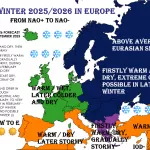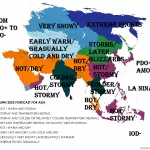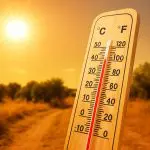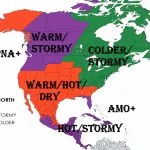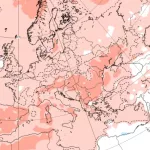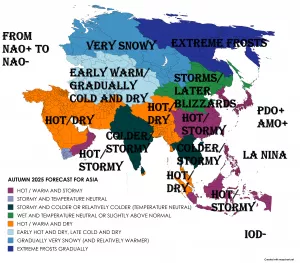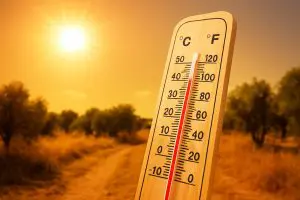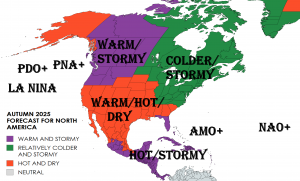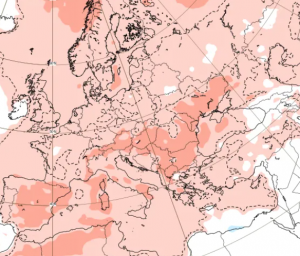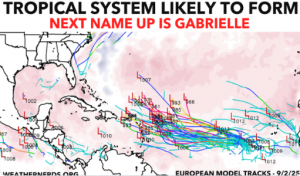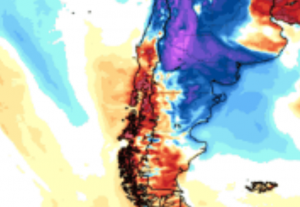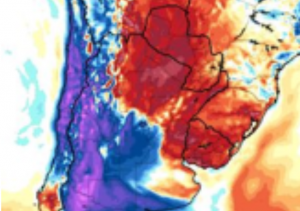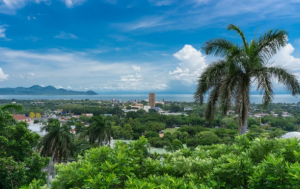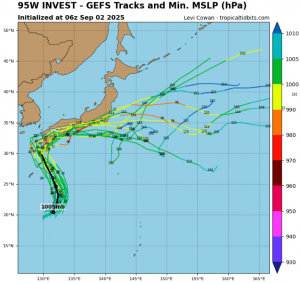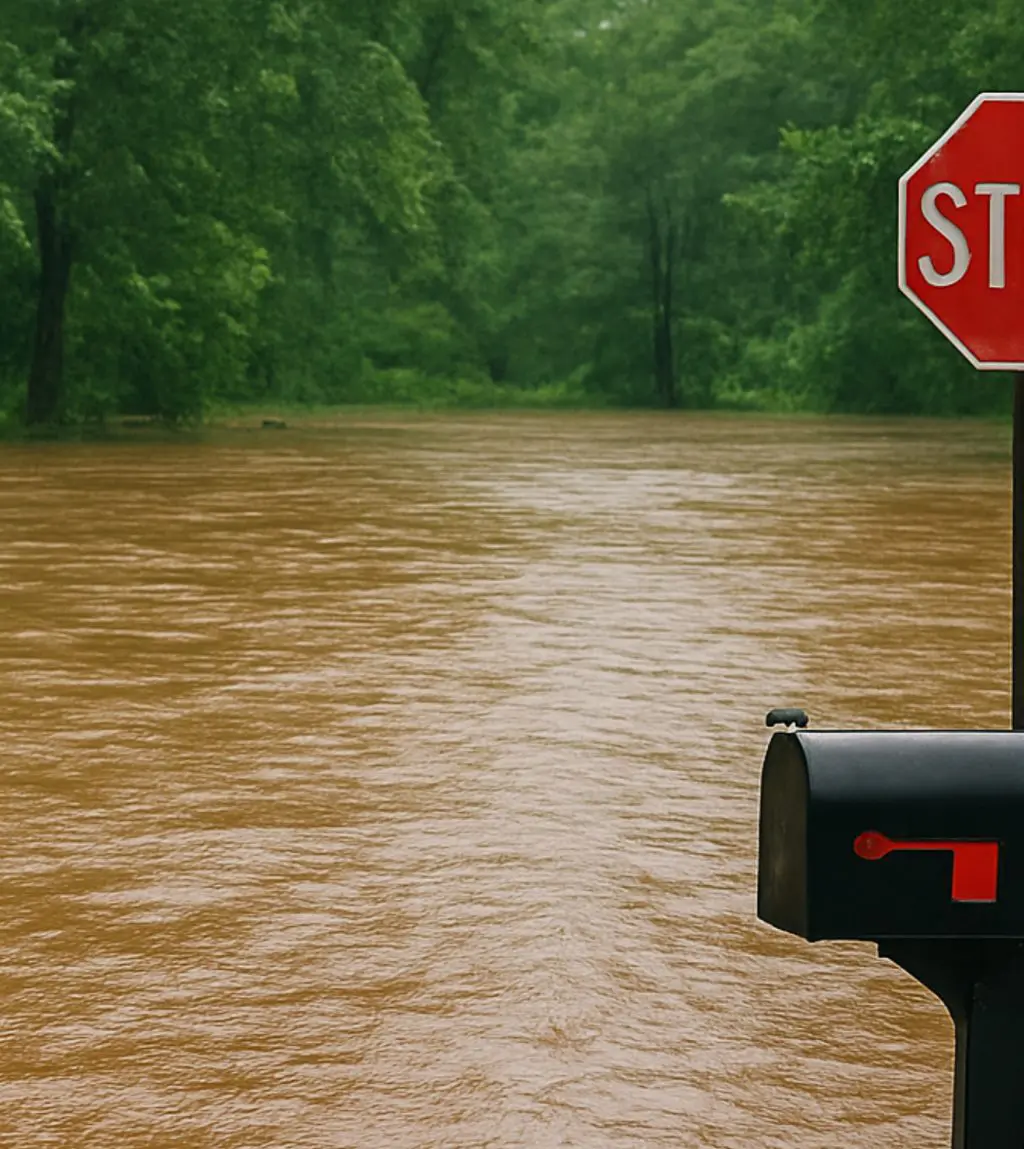
Charleston, South Carolina, endured a weekend of record rainfall and severe flooding as a stalled cold front collided with humid subtropical air, dumping over 250 mm (10 in) of rain within 24 hours. The deluge set a new single-day rainfall record for the city, surpassing totals last seen during Hurricane Joaquin in 2015. Coupled with a high-tide cycle, the heavy rains caused widespread coastal flooding across the Charleston metro area, swamping streets and stranding vehicles.
Entire neighborhoods, including downtown Charleston and areas like Potmar Street, were inundated with knee-deep water. Wadmalaw Island experienced such severe flooding that a major roadway washed out entirely, cutting off access to local communities. Dozens of homes and businesses were damaged, and emergency crews conducted water rescues for stranded motorists. Local officials warned residents that sewer and drainage systems were overwhelmed, raising concerns about sanitation and long-term damage.
Travel was brought to a standstill in many parts of the city. Charleston International Airport reported delays as access roads became impassable, while Amtrak service into the city was briefly halted. Tourists and residents alike struggled to navigate historic streets, which were transformed into rivers. Several bridges, including portions of the Ravenel Bridge, were closed during peak flooding, further snarling regional mobility.
City officials declared a state of emergency and mobilized flood-response teams. Emergency shelters were opened for displaced families, and the South Carolina Emergency Management Division coordinated with local utilities to restore service. Despite swift action, residents criticized the city’s infrastructure readiness, with many pointing out that Charleston’s drainage system is ill-prepared for modern extreme rainfall events.
Insurers are already bracing for hundreds of millions of dollars in claims, particularly from waterlogged businesses in downtown Charleston. The weekend’s disaster again highlights the city’s vulnerability to compound flooding—where tidal surges amplify the impacts of extreme rainfall. With tropical activity ramping up in the Atlantic, officials warn the situation could worsen in the weeks ahead.

